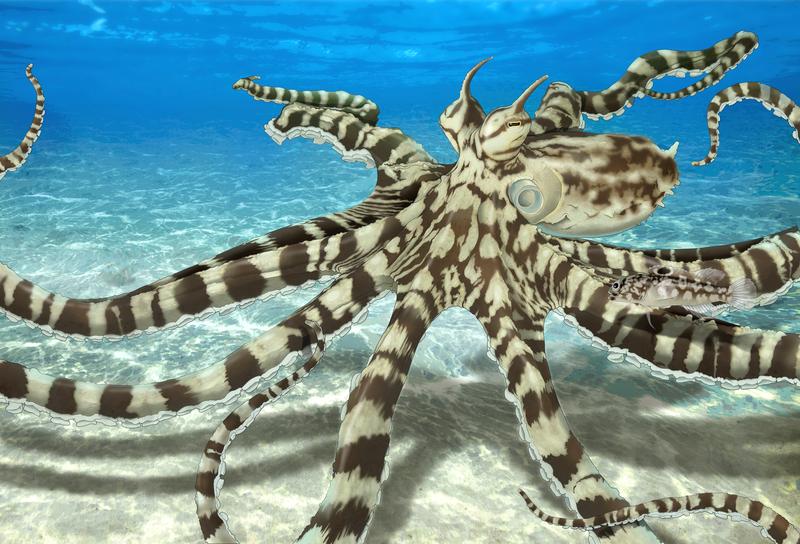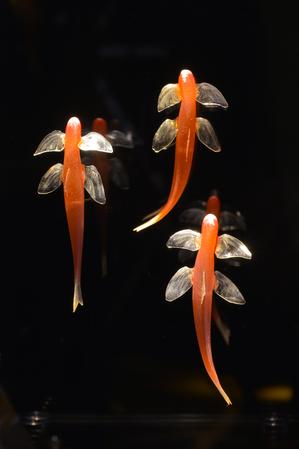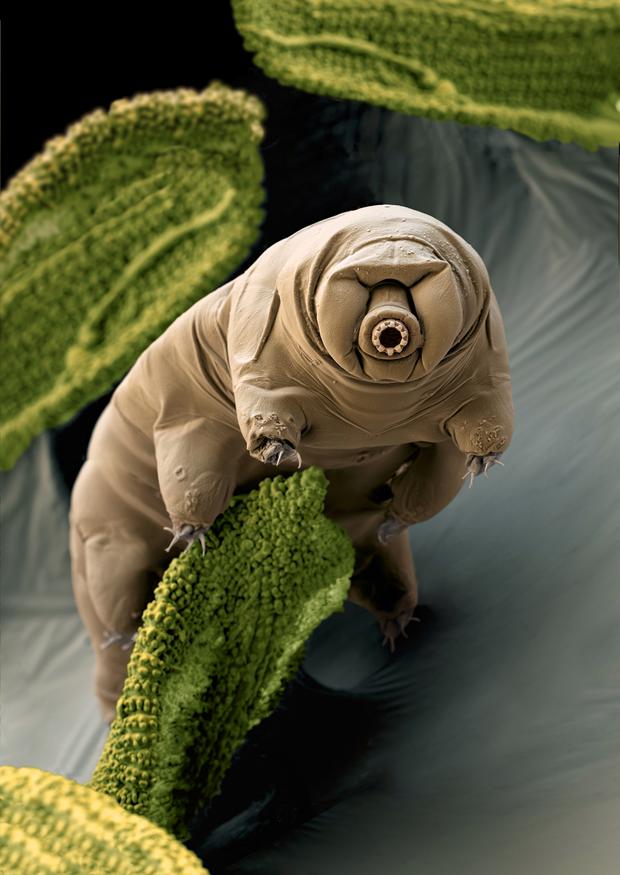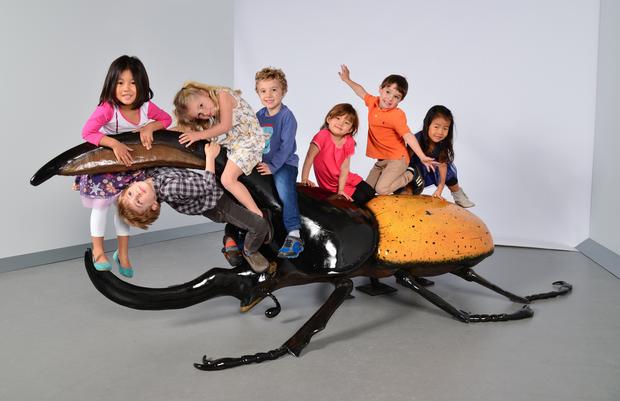
A new exhibition explores species that live life at its limits.
The American Museum of Natural History presents "Life at the Limits: Stories of Amazing Species," a show that explains how different animals, insects and plants possess extraordinary traits and can live in extreme conditions.
It features organisms that are able to regenerate limbs, or who can hold its breath for up to two hours, or endure temperatures above 300° F. There are live animals, interactive games and smell stations.
Mark Siddall, a curator in the Department of Invertebrate Zoology at the museum, believes the exhibit shows appreciation for the beauty of nature. “There’s a definable number of problems that need to be solved by life and yet there’s this terrific diversity in myriad number of ways in which life has solved those problems and that leads to the diversity that we see,” he said.
The exhibition boasts a 10-foot-tall Tardigrade model. Tardigrades, also known as “water bears” or “moss piglets,” are microscopic animals that can survive dehydration and can handle six times the pressure of the deepest parts of the ocean. They can withstand temperatures far above boiling, and colder than the surface of Pluto.
Further inside, a live mantis shrimp with super strength awaits the crowd. This colorful and powerful creature can pack a punch that’s tough enough to shatter the aquarium glass.
Seven-year-old Aoife Moriarty said her favorite part was the climbable Hercules beetle model. “I thought it was cool because the beetle is usually very small, but you get to get a closer look at what the beetle actually looks like.”
Siddall believes the exhibit also shows how science has evolved. “We’re now starting to understand some of the genetic mechanisms behind these interesting adaptations for organisms that live in strange environments,” he said.
The exhibit will be on display until January 3, 2016.



